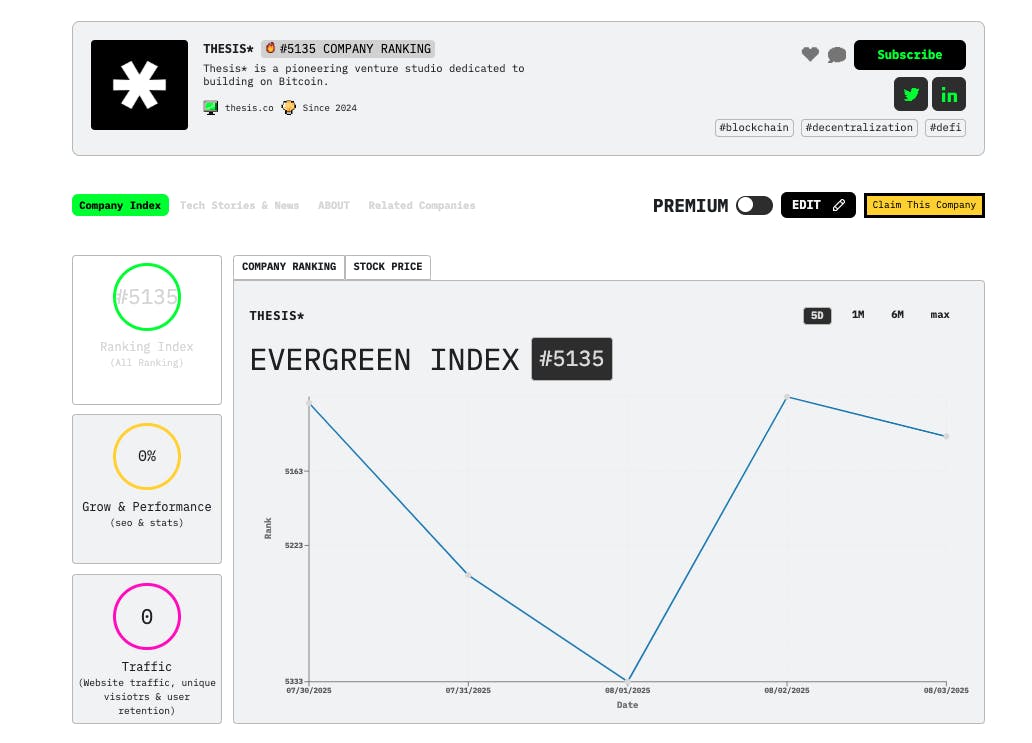In game development, trust isn’t built with NDAs or flashy decks. It’s built in crunch weeks, pre-launch chaos, and post-launch fires — when your QA partner either delivers, or disappears.
At SnoopGame, we’ve stress-tested that trust across 350+ projects. From solo indie devs to publishers with millions on the line, we’ve seen one pattern hold: when quality assurance is done right, it becomes invisible — not because it’s absent, but because nothing breaks.
QA is easy to sell. It’s hard to scale.
Most studios think of QA as a cost center. A necessary evil. A phase.
We’ve spent the last decade proving it’s none of those things.
QA is a relationship. And scaling a relationship — not just a headcount — is the hard part.
A solo dev needs tactical support: “Here’s what’s broken, and why.”
A mid-sized studio wants systems: regression flows, clear coverage, platform-specific testing.
A publisher wants proof: “Can you deliver at 10x capacity in 3 time zones with 12 hours’ notice?
We’ve had to build for all three — without becoming bloated or bureaucratic. That means process without friction, reporting without noise, and testers who can both find a bug and explain why it matters to the player experience.
Why scaling QA fails (and how we avoided it)
Here’s what usually breaks first when QA starts scaling:
- Context — Testers don’t know the game or the genre. They miss edge cases players will hit in hour one.
- Communication — Reporting gets slow, generic, or ignored.
- Consistency — New testers = new learning curve = regression holes.
We solved this with domain-specific pods: small teams trained by game type (FPS, puzzle, sandbox, etc), platform (console, mobile, PC), and studio style. They scale horizontally, not hierarchically. You don’t just get “5 more testers” — you get people who already think like your players do.
That’s what makes trust scalable. We don’t ramp blindly. We align early.
Deadlines don’t bend. We don’t pretend they do.
AAA timelines don’t care if your team is tired.
They care if your Day 1 patch includes a crash bug.
One of our most high-stakes projects involved a tactical shooter with a massive community and a public roadmap. We were onboarded 3 weeks before launch — no internal QA had touched multiplayer, there were 14 game modes, and no proper regression matrix.
We built one in 48 hours.
Staffed 2 shifts in 3 time zones.
And tested 80+ builds in 21 days.
We didn’t pitch that as a success. We called it a near miss — and then worked with the client to build a sustainable test pipeline going forward. That’s the difference between saving a launch and supporting a game.
Indie or enterprise, the trust equation is the same
You don’t need “QA experts.” You need QA partners who understand your game, your pressure, and your player base.
That’s how we built SnoopGame — not to be the biggest, but to be the most dependable under pressure. Whether it’s one build or a three-year roadmap, our job is simple: make sure your players experience what you built — not what you missed.











